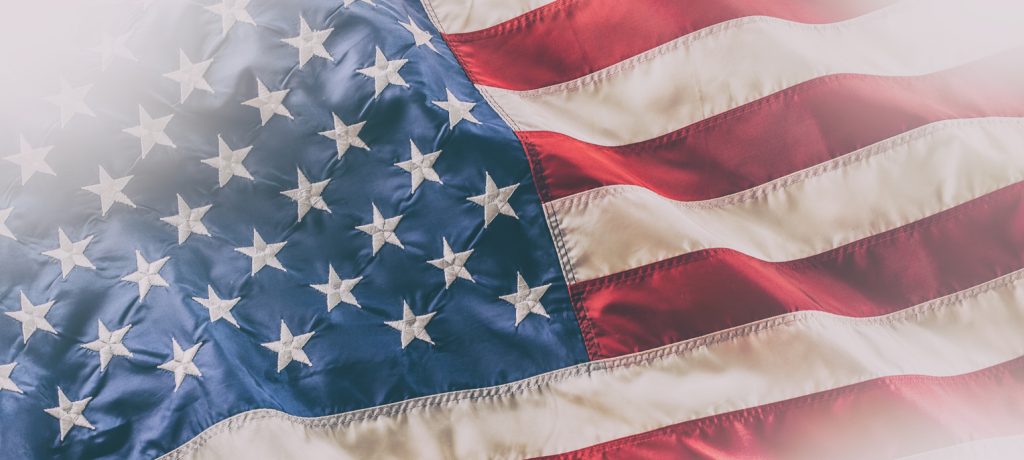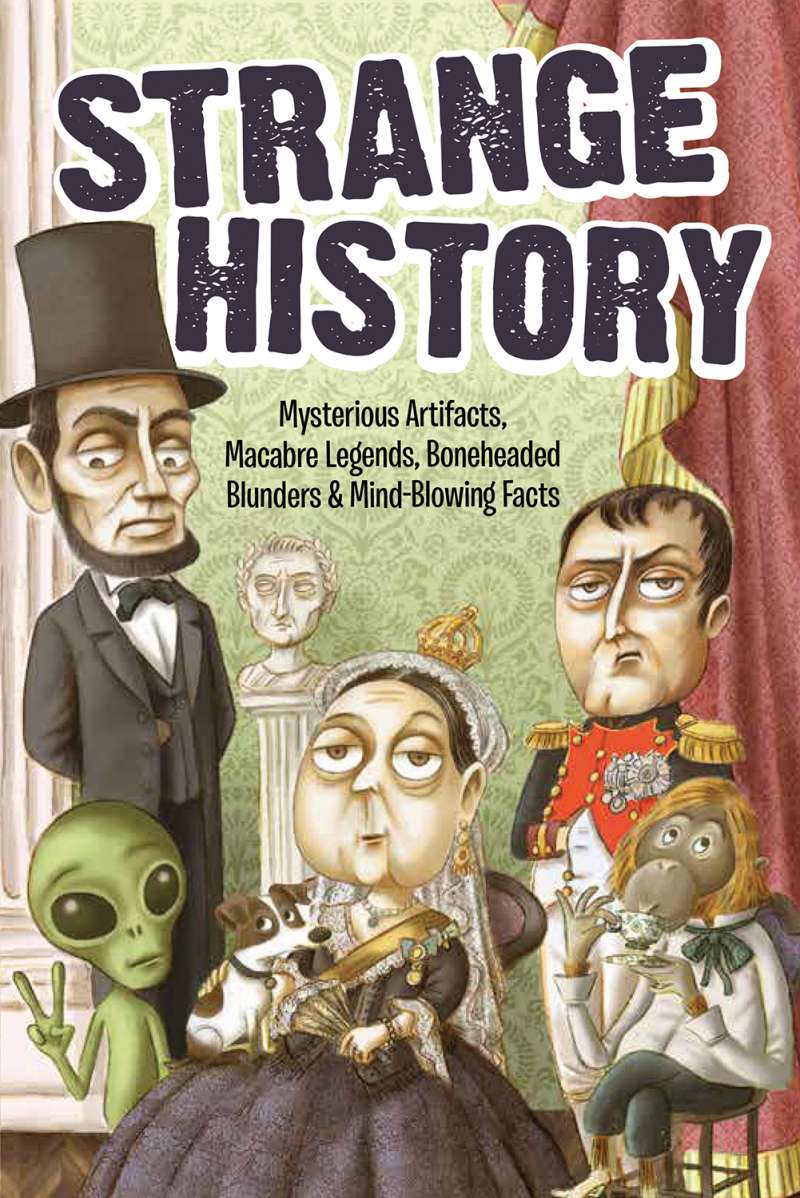“The Flag” of the United States wasn’t created overnight out of whole cloth (pardon the pun). It evolved over time, involving many different designs and people.

• Up until the signing of the Declaration of Independence in 1776 and into the early years of the subsequent American Revolution, several flags were in use throughout the colonies, flown to show a support for. One took the famous “Union Jack” symbol of Britain, and placed it in the upper-left corner atop a field of red adorned with the words “Liberty and Union” in white. The Sons of Liberty — the secret anti-British society that agitated for independence — popularized a flag that was just alternating red and white stripes.
• The most popular flag of American independence at the time: the one called the “Continental Colors.” Like the “Liberty and Union” flag, it placed the old Union Jack in the corner, and like the Sons of Liberty’s flag, it used alternating red and white stripes.
• One huge (and potentially deadly) problem with the Continental Colors flag: It could easily be misunderstood on the American Revolution battlefield. Because of the presence of the Union Jack, British and American soldiers alike not in the know could assume it was a British flag.
From the 20th century to the Old West, from the Age of Enlightenment to the Dark Ages, Strange History is overflowing with mysterious artifacts, macabre legends, kooky inventions, reality-challenged rulers, boneheaded blunders, and mind-blowing facts.
• The Continental Congress didn’t think there was much sense in using the Continental Colors, either, as the Union Jack indicated ties to Britain, which was very much not the point of the American Revolution. So, on June 14, 1777, Congress passed the first flag law in American history. The legislation called for the flag to contain 13 red and white alternating stripes (to represent each colony/state) and 13 white stars atop a blue field.
• All those elements were selected by New Jersey congressional representative Francis Hopkinson, who had a talent for design. He also created the national seal, the Treasury seal, and designed the first American currency.
• Hopkinson’s congressionally-mandated design was still fairly vague, so it took someone to arrange those guidelines into a workable flag, while also making some judgment calls in terms of how the stars should be arranged and the size and shape of the flag, for example. American folklore says the person who did that was Betsy Ross.
• There’s actually little to no evidence that proves Betsy Ross made the first “Old Glory”…but also little to no evidence that she didn’t. The notion that she did originated nearly 100 years later. In 1870, Ross’s grandson, William Canby, wrote a paper for the Historical Society of Pennsylvania called “The History of the Flag of the United States.” By 1873, likely owing to the national, collective sense of nostalgic patriotism for the colonial days after the bloody and bruising Civil War, the story had spread across the country and taken as fact.
• Even the Betsy Ross House in Philadelphia, which preserves her home and spreads the story, isn’t convinced Betsy Ross made the first “Stars n’ Stripes.” It leaves visitors with the message to decide for themselves if the story of Ross sewing the first flag is “historical fact or well-loved fiction.”








